Michio Kaku talks on the next wave of the wealth creation and merging with our technology.
Some people fear robotics, but this scientist says we could end up merging with our creations.
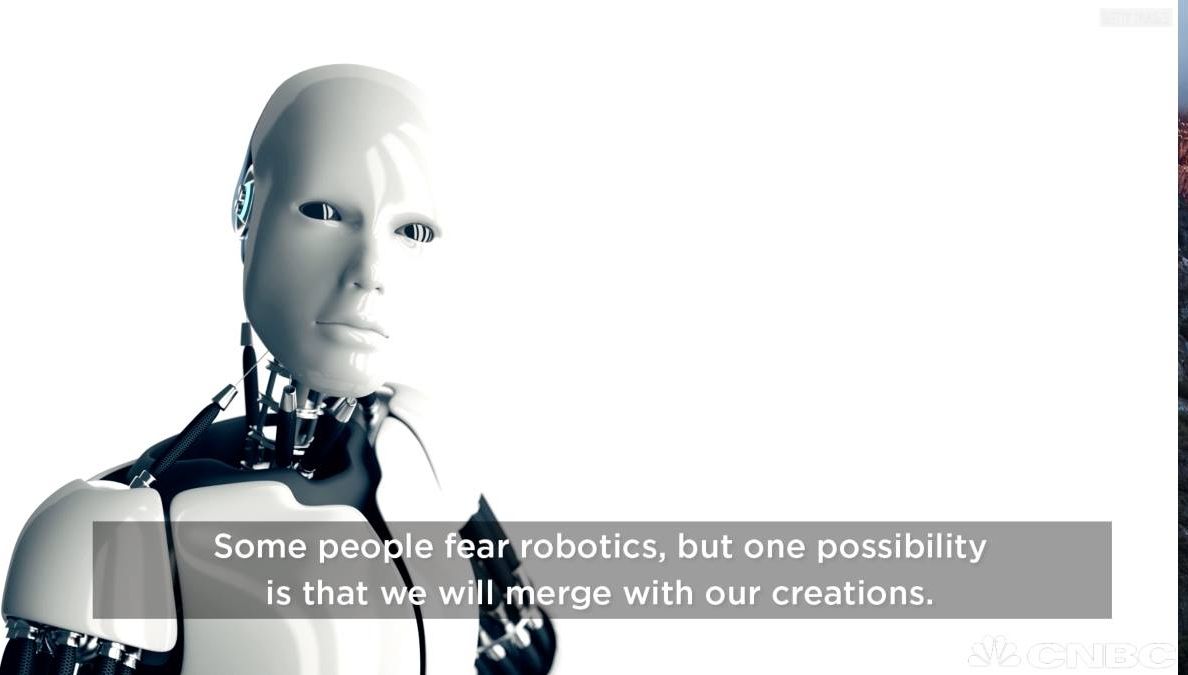
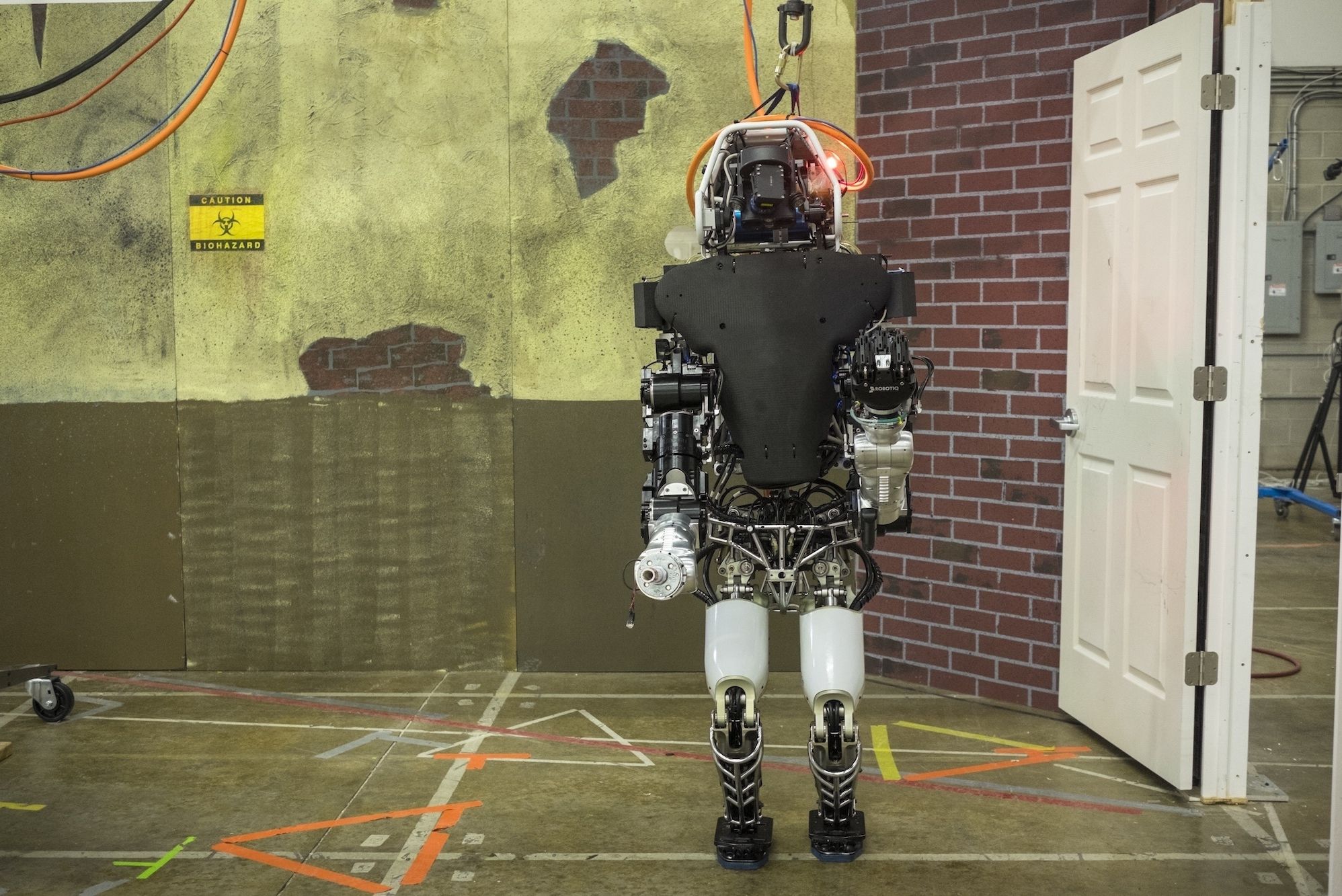

A military-grade drone-killing ‘death ray’ that can reportedly destroy unmanned aerial vehicles (UAV) from up to 6 miles away could soon be in use in UK airports following a suspected collision with a passenger jet at Heathrow last Thursday.
The collision, which led to a drone ban over London during US President Barrack Obama’s UK visit, has forced authorities to consider more aggressive countermeasures.
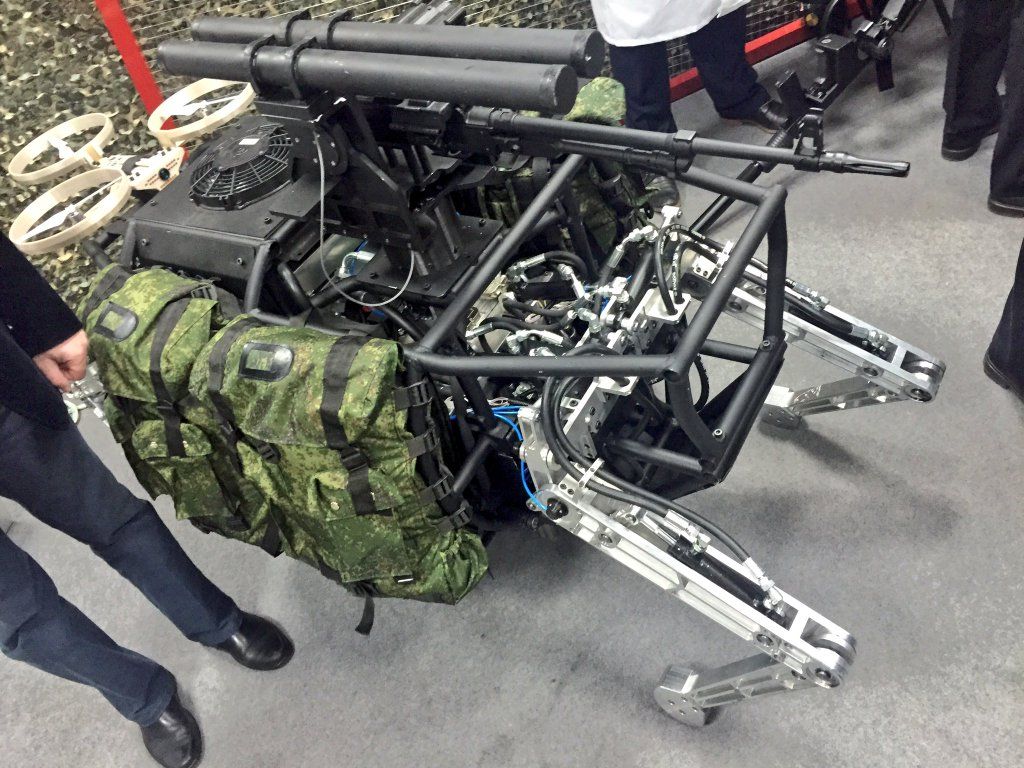
It Looks exactly like Boston Dynamics cancelled Big Dog project, and it is armed with some kind of a Light machine gun. I said that cancelling the Big Dog project was a mistake. We Can’t Allow a robotics gap between the US and Russian/Chinese forces. And, the other side has absolutely no hang ups about arming their robots.
In his twitter page Igor Korotchenko, editor-in-chief of the Russian magazine Natsionalnaya Oborona (National Defense) has published the first-ever photos of Russia’s advanced biomorphic combat robot.
The alleged advanced biomorphic combat robot of Russia will move like a four legged animal and it will be equipped with a machine gun and guided antitank missiles, as suggested by the photos.
According to Sputnik, photos appeared after media reports said that Russia to create a state-of-the-art biomorphic combat robot which will walk on four “legs” and will be armed with a machine gun and guided antitank missiles.
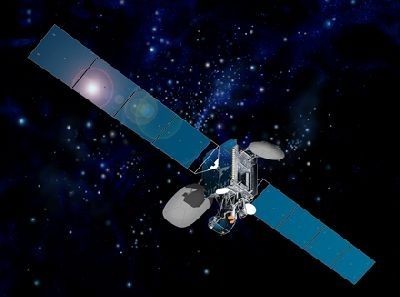
Satellites operators have been longing for it for decades, and DARPA (once again?) is turning their dream into reality: on March 25, one of America’s most futuristic agency announced it would launch a public-private partnership to provide in-orbit servicing to geosynchronous satellites, both commercial and military.
The program dubbed Robotic Servicing of Geosynchronous Satellites (RSGS) will be a major breakthrough for the satellite industry world. Since Sputnik’s launch, the biggest weakness of satellites was that, once on orbit, nothing could be done if something went wrong or once the fuel tank ran dry. A rather embarrassing issue when considering how pricey such platforms are. The only maintenance and repair operations performed to date were manned (Hubble telescope, ISS). The agency announced that it would allocate RSGS $500mn over the next few years, supplemented by commercial partner investment.
DARPA’s RSGS is composed of two elements: the arm that will dock and manipulate the satellite, and the space ship carrying it. Regarding the first element, the agency will provide its Front-end Robotics Enabling Near-term Demonstration (FREND) technology. The prototype of the FREND arm was built for the agency by the California-based company Alliance Space Systems. The robotic arm will enable it to dock with satellites and carry out maintenance.



A team of computer scientists from the University of Southern California (USC) have been successful in developing a new method to alleviate wildlife poaching. The National Science Foundation (NSF) funded the project that has created a model for ‘green security games’.
This model is based on game theory to safeguard wildlife from poachers. Game theory involves predicting the actions of enemy using mathematical equations and subsequently formulating the best possible restrain moves. This model will enable more efficient patrolling of parks and wildlife by park rangers.
An artificial intelligence (AI) application, known as Protection Assistant for Wildlife Sanctuary (PAWS) was developed by Fei Fang, a Ph.D. candidate in the computer science department at USC and Milind Tambe, a professor of computer science and systems engineering at USC, in 2013. The team has since then spent a couple of years to test the effectiveness of the application in Uganda and Malaysia.
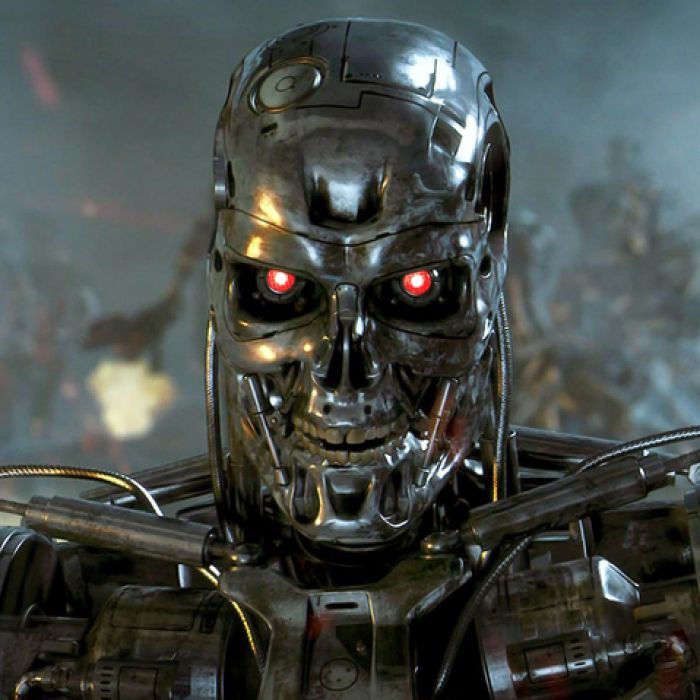
Apparently, Rodney Brooks, AI pioneer (@MIT CS & AI Lab; iRobot), is skeptical about artificial superintelligence:
“The difference between science fiction robots and real-life creations was the concept of robots being able to learn and teach themselves independently. A person can generalise, but we don’t have that kind of generalisation in any of these AI learning systems. So relax is my message.”
Or is he? This article by ABC Australia was focused on the same unfortunate meme, the unlikely Terminator which nobody has ever seriously suggested is realistic: “The Terminator series of movies foretold the future of humans and robots with Skynet becoming self-aware and launching its own nuclear war. But Professor Brooks said that was just science fiction.”
What of serious singularity hypotheses?
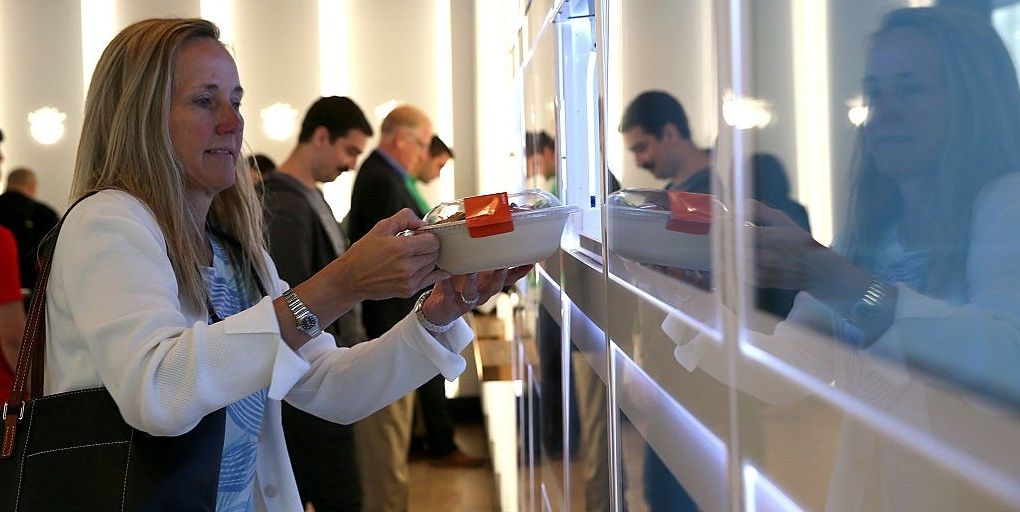
“It’s pure magic,” Eatsa promises.
At San Francisco’s first fully automated restaurant, meals appear in little glass cubbies, just 90 seconds after customers order and pay on wall-mounted iPads. It’s a human-less experience – no waitstaff, no cashier, no one to get your order wrong and no one to tip.
It’s also a parlor trick.